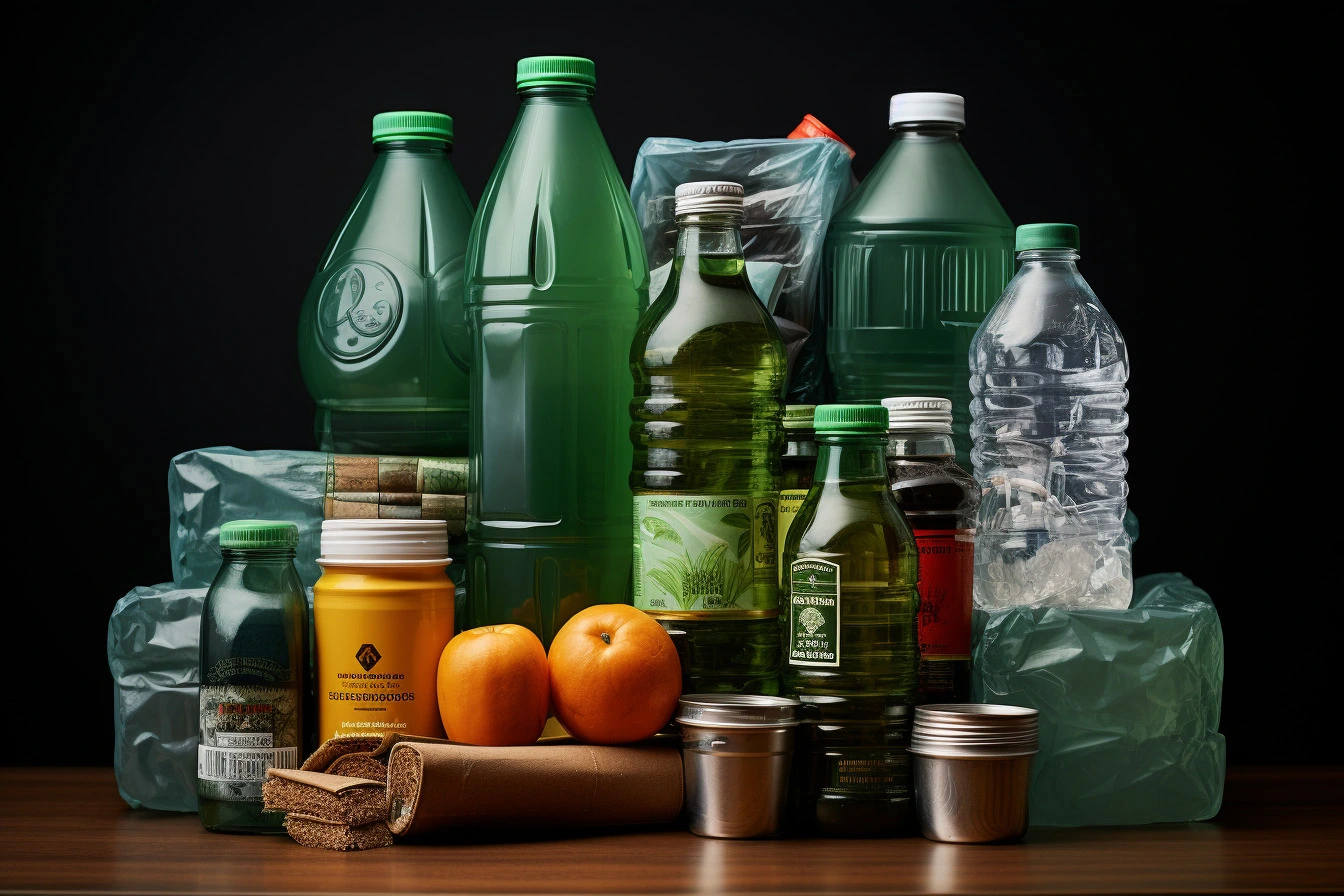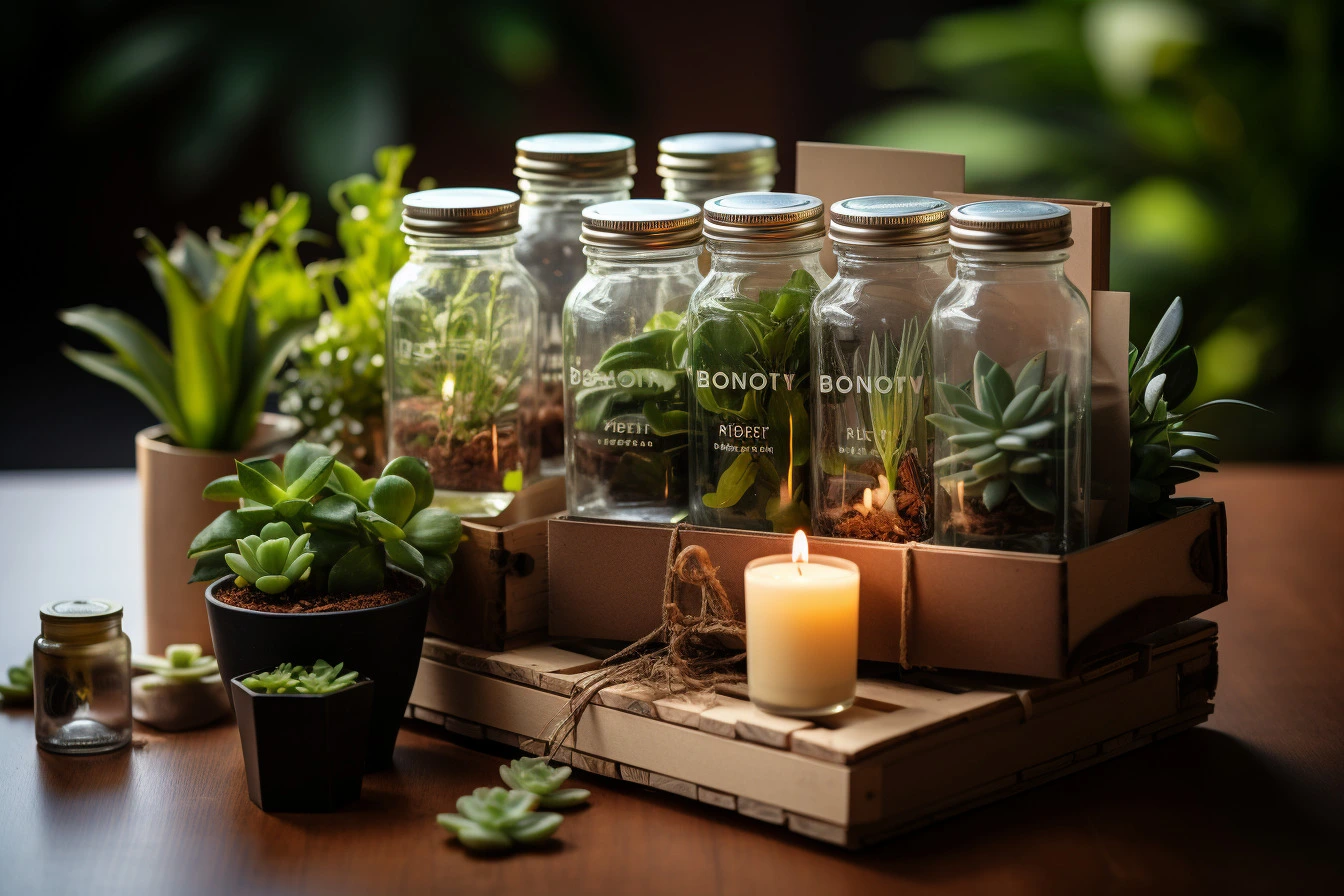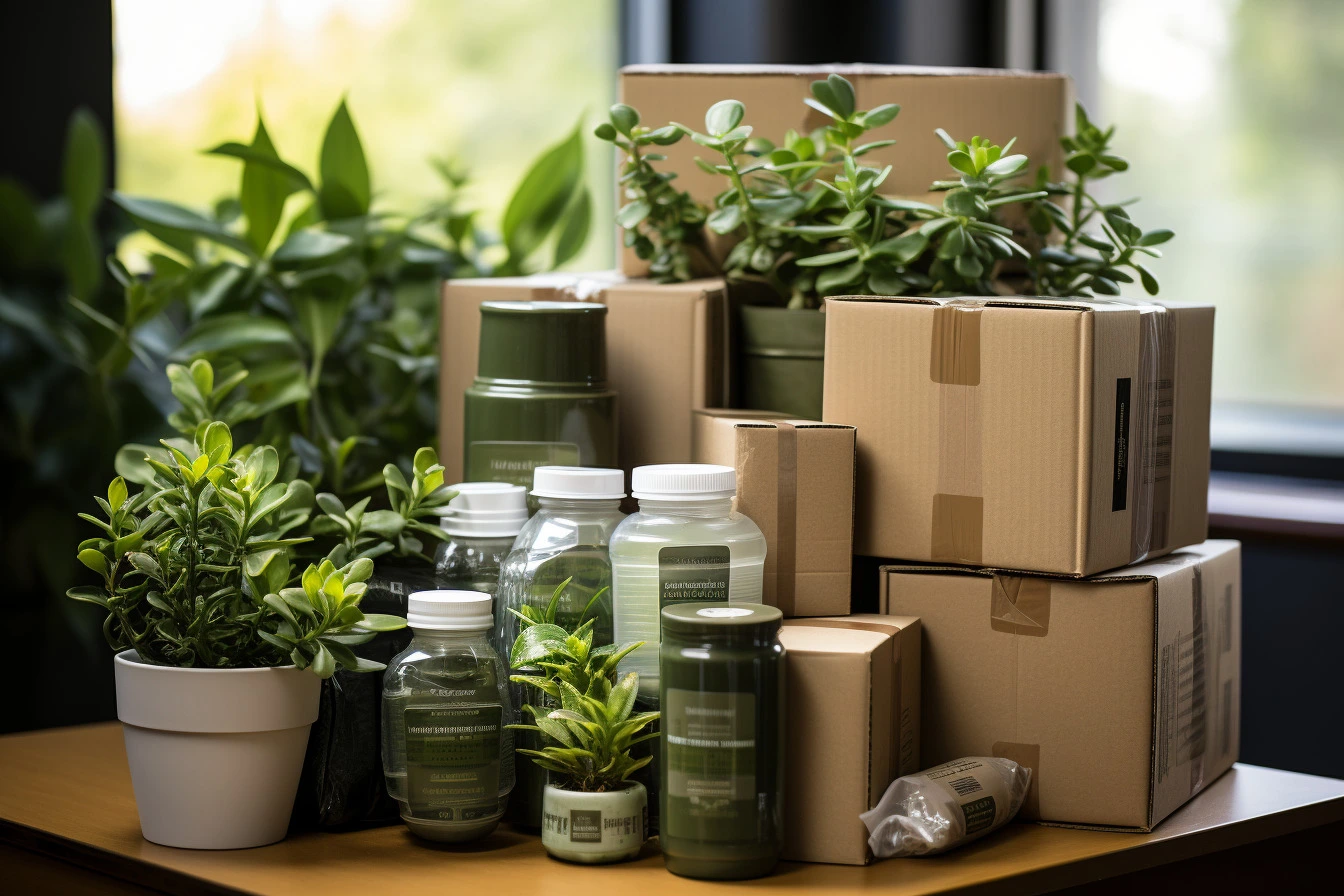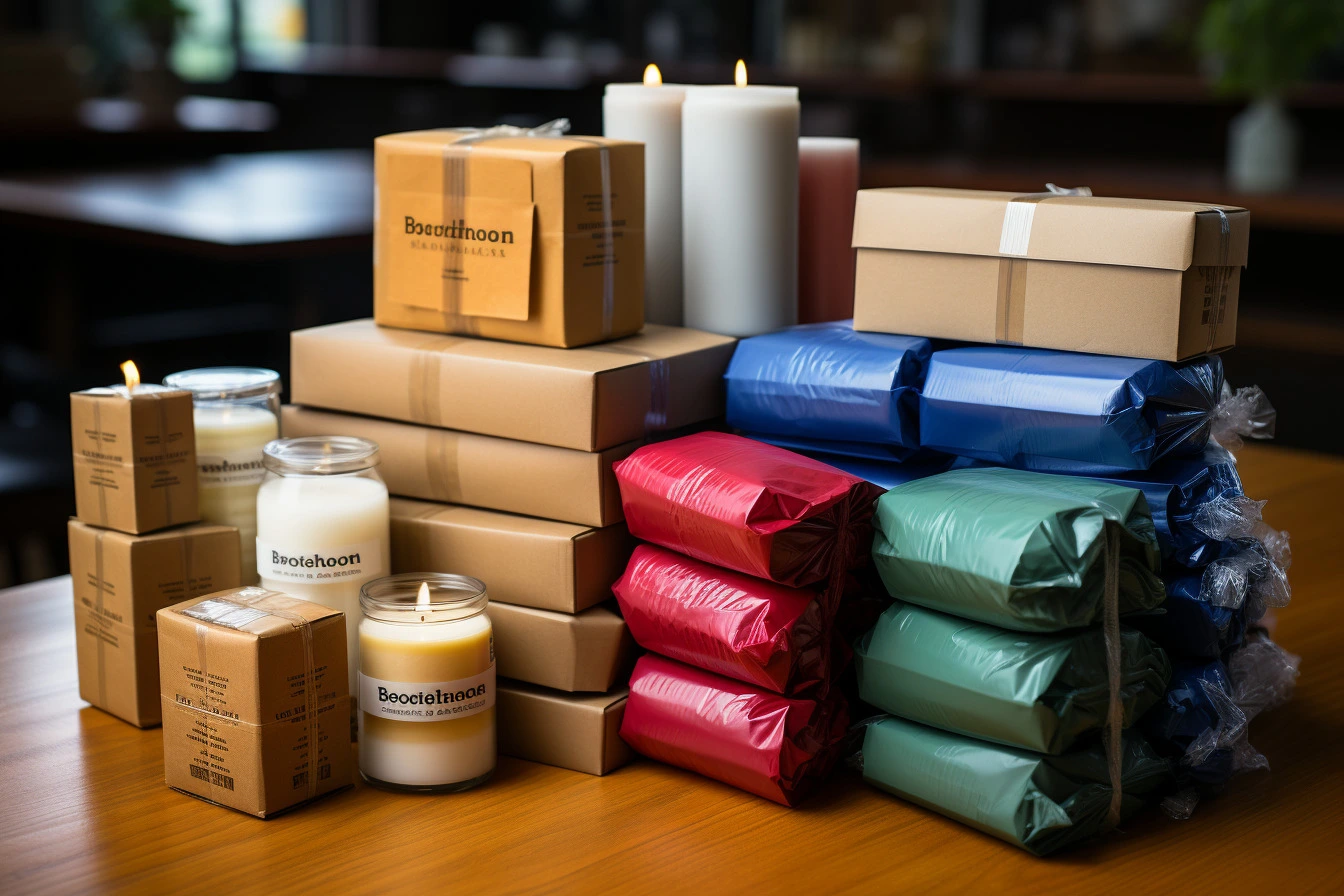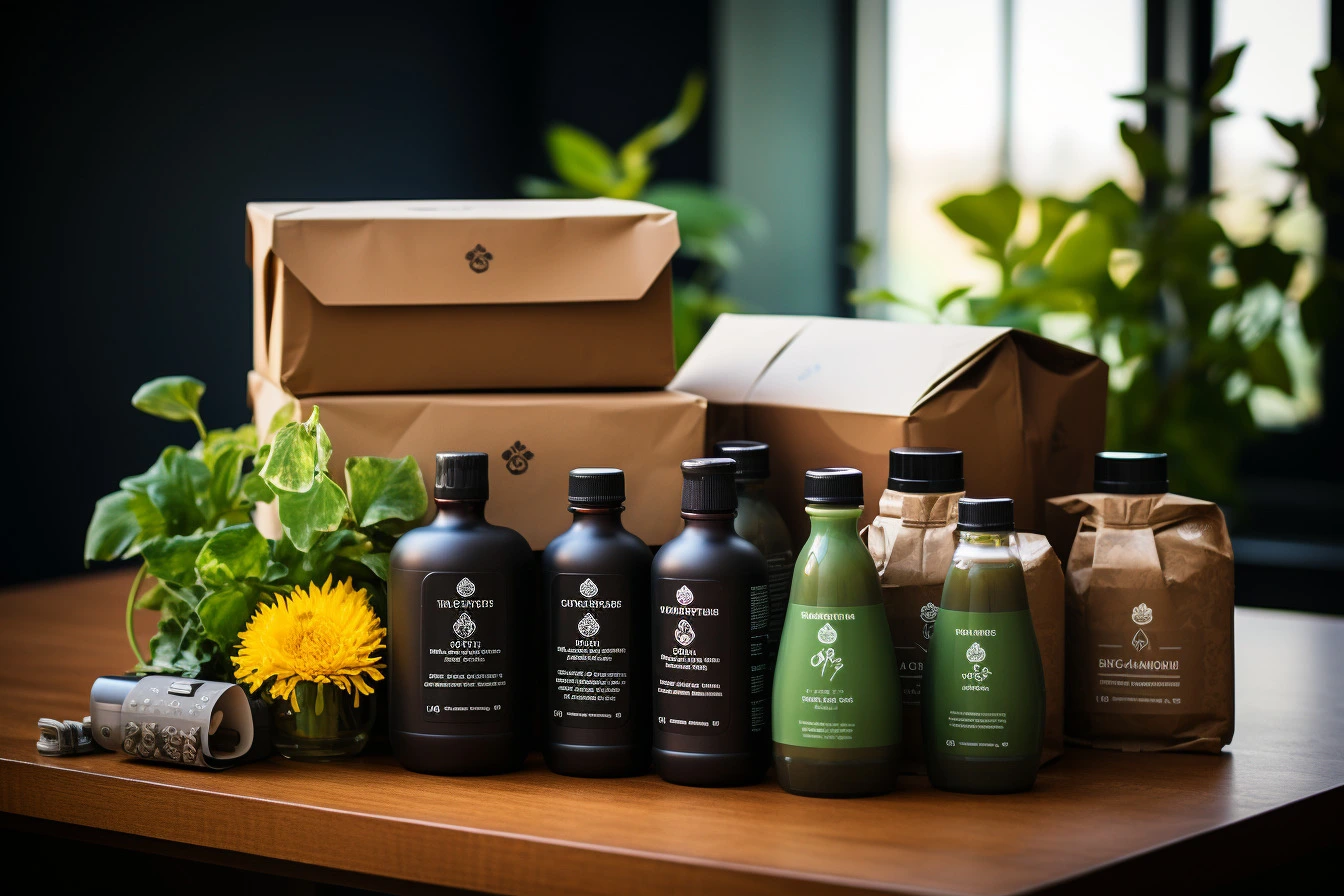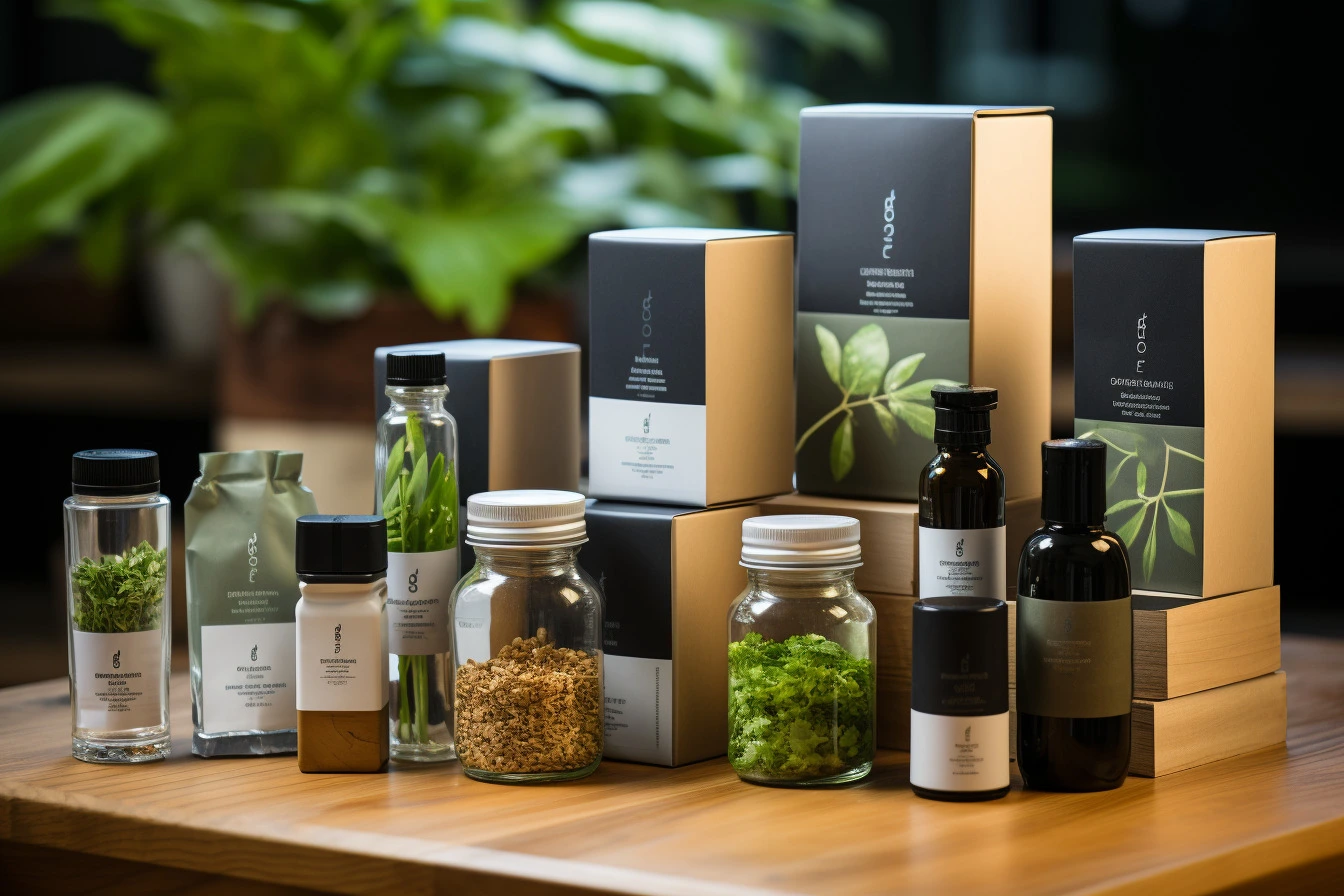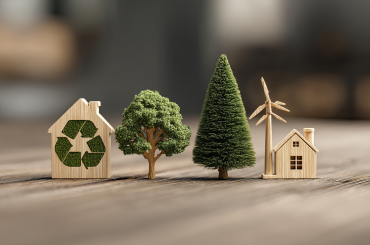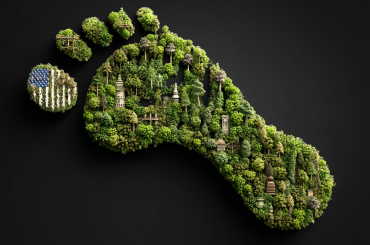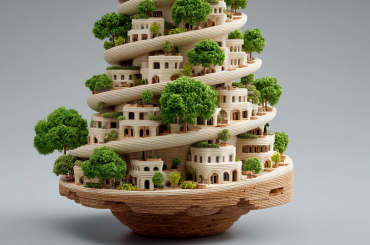Standing in the checkout queue last Tuesday, I watched the person ahead of me receive their groceries in what looked like enough plastic packaging to wrap a small car. Three plastic bags inside another plastic bag, individual items wrapped in more plastic, produce stickers on everything—it was like witnessing an environmental crime scene in real time. That’s when I realized I’d become one of those people who silently judges other shoppers’ packaging choices, which probably says more about my mental state than theirs.
But honestly? The packaging waste situation has gotten completely mental. I started paying proper attention to this after my online grocery delivery arrived looking like it had been attacked by a packaging machine having a nervous breakdown. One bunch of bananas—already wearing their own natural protective skin, mind you—came wrapped in plastic, placed in a plastic tray, inside a plastic bag, nestled in a cardboard box filled with plastic bubble wrap. For bananas! I spent longer unwrapping them than eating them.
That ridiculous banana incident sparked my deep dive into environmentally sustainable packaging alternatives, and I’ve discovered some genuinely brilliant innovations alongside plenty of greenwashing nonsense. The trick is learning to spot the difference between actual solutions and companies slapping green labels on slightly less awful versions of the same old rubbish. After months of research and testing, I can finally share what actually works versus what’s just clever marketing.
The glass revelation came first, mainly because I was fed up with plastic containers that absorb every smell and stain like environmental sponges. I invested in a complete set of glass storage jars for my kitchen, and honestly? It’s transformed how I shop and store food. Glass containers are endlessly reusable, don’t leach chemicals into your food, and actually make my pantry look quite elegant rather than like a collection of mismatched plastic disasters.
The weight factor does matter though—my weekly shop became significantly heavier once I started bringing glass containers to fill from bulk bins. My shoulders definitely noticed the difference, and I learned to plan shorter shopping trips rather than attempting to carry three weeks’ worth of bulk purchases in glass jars. Still, the environmental benefits far outweigh the inconvenience of slightly more frequent shopping trips.
Aluminum has become my unexpected hero for certain applications. I discovered aluminum containers with tight-fitting lids that work brilliantly for freezing leftovers and storing dry goods. Unlike plastic containers that crack in the freezer or develop mysterious stains, aluminum stays pristine indefinitely and conducts temperature efficiently for faster cooling and heating. Plus, aluminum recycling is so efficient that the same metal can be recycled endlessly without quality degradation.
The bioplastics journey proved more complicated than I’d expected. I enthusiastically bought compostable packaging for everything, assuming it would magically disappear in my home compost bin. Three months later, I had compostable containers that looked exactly the same as when I’d buried them, which taught me that industrial composting and backyard composting are completely different processes. Most compostable packaging requires specific temperature and humidity conditions that home compost systems rarely achieve.
This led to extensive research into local composting facilities and their acceptance policies. Turns out, many municipal composting programs don’t actually accept compostable packaging because it’s difficult to distinguish from regular plastic during processing. The supposedly sustainable packaging often ends up in landfill anyway, which defeats the entire purpose. Now I only buy compostable packaging when I know exactly where and how it will be processed.
Mushroom-based packaging absolutely fascinated me when I discovered it through sustainable home decor research. Companies are literally growing packaging from fungal roots, creating materials that decompose completely while adding nutrients to soil. I’ve only encountered it protecting electronics and furniture deliveries so far, but it works brilliantly and dissolves completely in my garden within weeks.
The edible packaging concept initially sounded like science fiction until I tried seaweed-based wrapping from a specialty food shop. The wrapper dissolved on my tongue like an unusual crisp, leaving no waste whatsoever. While I can’t imagine this replacing all food packaging, it works perfectly for things like seasoning sachets or single-serving portions where traditional packaging creates disproportionate waste.
Paper and cardboard alternatives have improved dramatically in recent years. I’ve found packaging made from agricultural waste—rice husks, wheat stems, and other crop residues that would otherwise be burned or landfilled. These materials perform as well as virgin paper while utilizing waste streams rather than cutting down additional trees. My online orders now arrive in boxes made from everything from mushroom stems to recycled denim fibers.
Reusable packaging systems are becoming increasingly available for specific products. Several companies now offer refillable containers for household cleaners, with concentrated refill sachets that drastically reduce packaging volume. I’ve switched to concentrated cleaning products that arrive in small pouches, which I mix with water in permanent spray bottles. One small refill package replaces five standard-sized cleaning product bottles.
The bulk buying revelation happened gradually as more shops introduced packaging-free sections. I now bring my own containers for grains, legumes, spices, and even liquid products like oils and vinegars. Initially, this felt awkward and time-consuming, but it’s become second nature. Plus, I save money buying exactly the quantities I need rather than predetermined package sizes that often leave me with too much or too little.
Local farmers markets became essential for accessing truly package-free produce. Unlike supermarkets where even organic vegetables come wrapped in plastic, market vendors often sell completely unpackaged produce. I bring canvas bags and glass containers, leaving with fresh food that generates zero packaging waste. The quality is usually superior too, since the produce hasn’t spent days wrapped in plastic during transport and storage.
The learning curve for sustainable packaging involves understanding material lifecycles rather than just disposal methods. Glass requires significant energy to manufacture but lasts indefinitely with proper care. Aluminum production is energy-intensive initially but highly efficient to recycle. Paper decomposes easily but may involve deforestation unless sourced responsibly. Each material has environmental trade-offs that depend on specific use cases and local infrastructure.
Corporate packaging decisions affect consumer options significantly. I’ve started actively choosing brands that prioritize sustainable packaging over those using excessive wrapping. Several companies now offer products in refillable containers, concentrated formulations, or innovative biodegradable materials. Supporting these businesses encourages industry-wide shifts toward better packaging practices.
The cost factor varies considerably across different sustainable packaging alternatives. Some options like reusable glass containers require higher upfront investment but save money long-term through durability and refillability. Others like compostable packaging often cost more than conventional alternatives without clear financial benefits. I’ve learned to evaluate total cost of ownership rather than just initial purchase price.
Innovation in this space moves incredibly quickly. Companies are developing packaging from everything from cactus leather to orange peels, with new materials appearing regularly. I’ve signed up for newsletters from packaging innovation companies and sustainability organizations to stay informed about emerging alternatives. Some developments that seemed experimental just two years ago are now commercially available.
The infrastructure challenge affects practical implementation of sustainable packaging solutions. Even brilliant innovations fail if consumers can’t access appropriate disposal or recycling facilities. I’ve become quite knowledgeable about my local waste management systems and which packaging types can be processed where. This information is essential for making truly sustainable choices rather than just feel-good decisions.
Restaurant and takeaway packaging presents particular challenges for sustainable alternatives. I’ve discovered several local establishments using innovative packaging solutions—plates made from fallen palm leaves, containers molded from wheat bran, and wrapping made from beeswax-coated cloth. These businesses often cost slightly more but provide genuinely sustainable dining experiences that align with my environmental values.
Online shopping requires special consideration for sustainable packaging. I’ve started choosing retailers based partly on their packaging practices, favoring companies that use minimal, recyclable, or innovative sustainable materials. Some businesses now offer packaging-free shipping options where products arrive in reusable containers or completely unwrapped, which works well for non-fragile items.
The social aspect of sustainable packaging choices extends beyond individual environmental impact. When I bring reusable containers to shops or choose products with innovative packaging, other customers often ask questions about the materials and where to find similar options. These conversations help spread awareness about zero waste living practices and normalize sustainable packaging choices.
Testing different sustainable packaging alternatives has taught me that effectiveness varies significantly based on specific applications. Materials that work brilliantly for dry goods may fail completely for liquids. Packaging perfect for short-term storage might degrade quickly in long-term conditions. I’ve learned to match packaging materials to their intended use rather than expecting universal solutions.
The future of sustainable packaging looks increasingly promising as technology advances and consumer demand grows. Companies are investing heavily in research and development, with innovations appearing regularly that address previous limitations of eco-friendly materials. Government regulations are also pushing industry toward more sustainable practices, creating market incentives for better packaging solutions.
Looking back on this journey toward sustainable packaging, the biggest revelation has been how much conventional packaging I’d accepted as necessary when alternatives existed all along. Glass jars instead of plastic containers, canvas bags instead of disposable sacks, concentrated products instead of diluted versions in oversized packaging. Many solutions require changing habits rather than accepting inferior products.
My current sustainable packaging routine represents months of experimentation, some spectacular failures, and gradual optimization. The key insight is that sustainable alternatives often work better than conventional options once you understand their proper use and care. Better preservation for food, more durable containers for storage, and reduced environmental guilt for everything. It’s taken patience and persistence, but I’ve created a genuinely sustainable packaging system that improves rather than compromises my daily routine.
Now when I see someone ahead of me in the checkout queue with mountains of unnecessary packaging, instead of silent judgment, I feel hopeful about the growing availability of sustainable fashion and packaging alternatives. Change happens gradually through individual choices becoming collective movements, and sustainable packaging is definitely reaching that tipping point where mainstream adoption becomes inevitable rather than aspirational.
